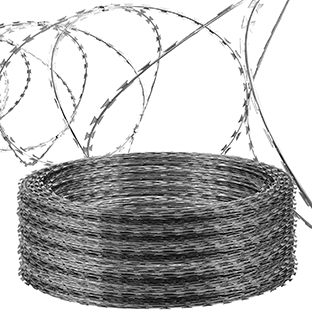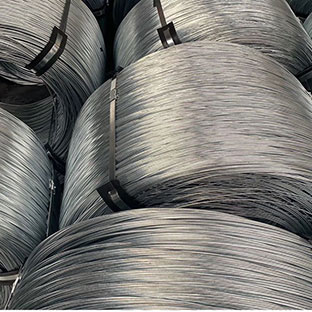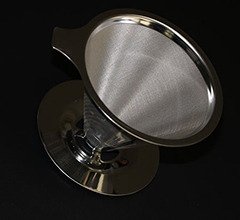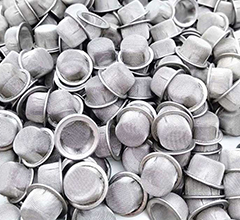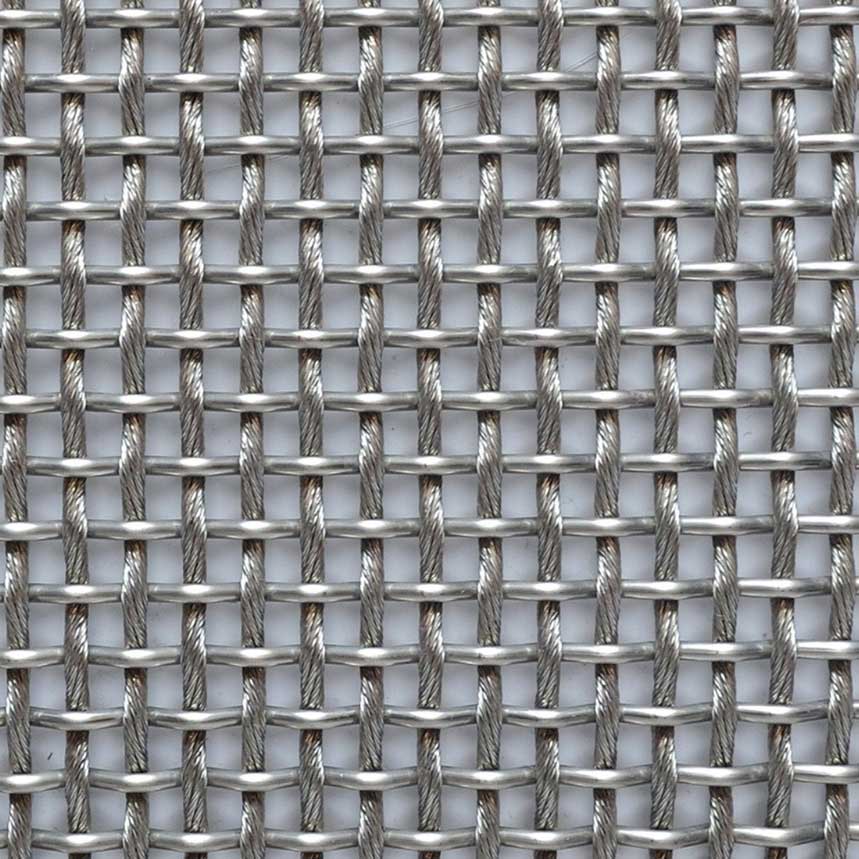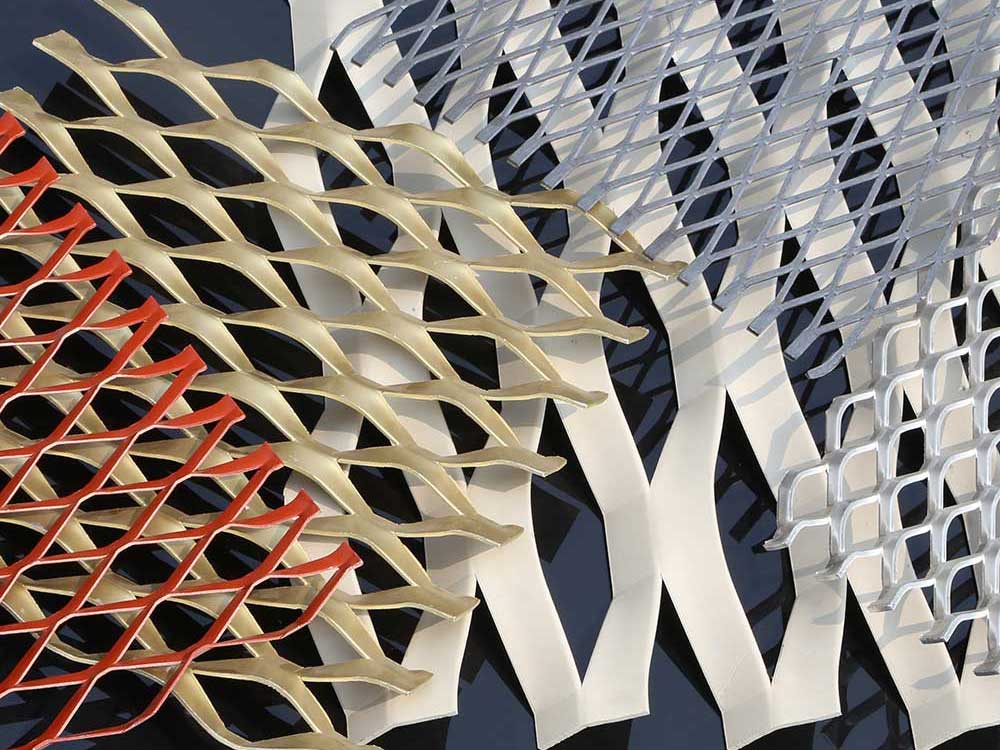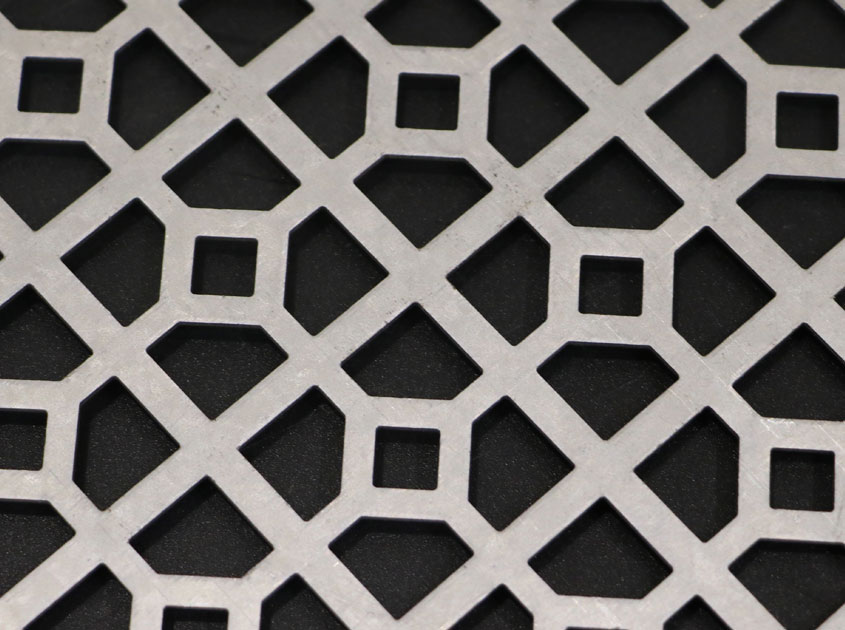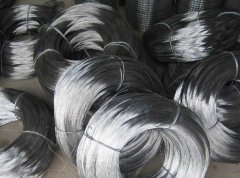Small Coil Wire, a seemingly unassuming component, possesses a hidden strength that serves a multitude of practical applications across various industries. In this article, we aim to unravel the science behind the remarkable strength of Small Coil Wire and its significance in engineering, construction, and everyday applications.
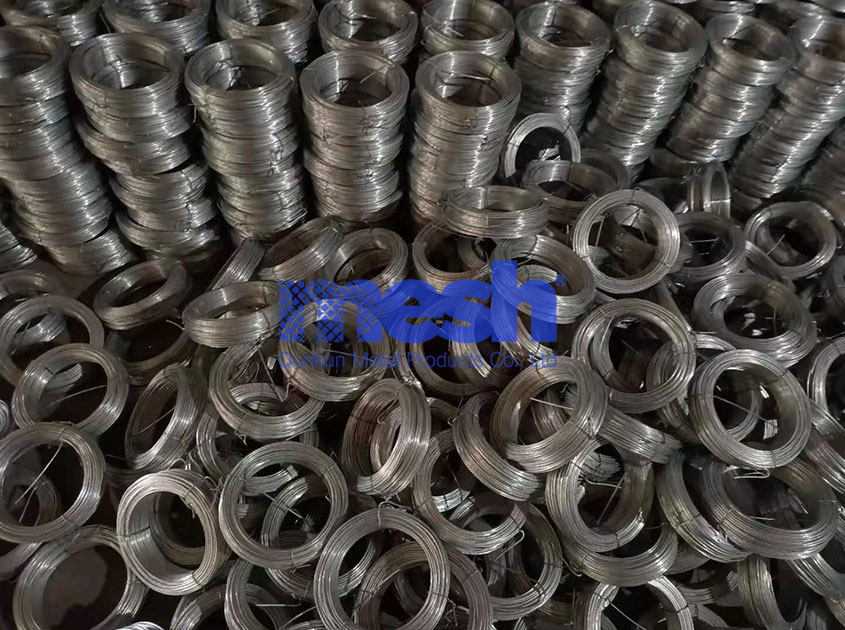
Small Coil Wire derives its strength from the materials and manufacturing process it undergoes. Typically composed of high-quality steel or other alloys, this wire is designed to have a high tensile strength. Tensile strength is the maximum stress a material can withstand without breaking when being stretched or pulled. Small Coil Wire's high tensile strength ensures it can endure considerable force without yielding, making it an ideal choice for demanding applications.

The manufacturing process of Small Coil Wire involves drawing and cold rolling the steel or alloy. This process involves pulling the wire through dies of decreasing size to achieve the desired diameter. Cold rolling further refines the wire's structure, aligning the grains in a uniform pattern, resulting in enhanced strength and durability. The cold working of the metal imparts resilience and robustness to the wire, allowing it to maintain its structural integrity under stress.
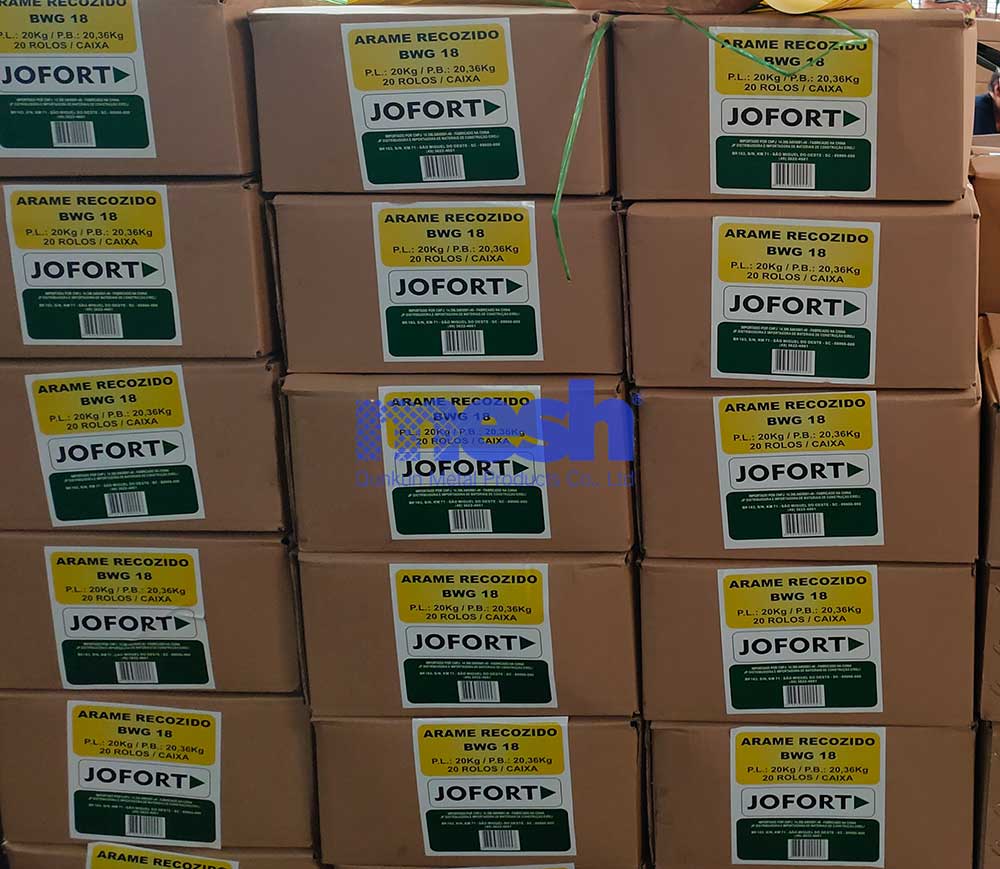
In conclusion, Small Coil Wire's strength is a result of meticulous material selection, precise manufacturing processes, strategic coiling techniques, and the inherent malleability of the wire. Its impressive tensile strength, achieved through these factors, positions Small Coil Wire as a reliable and indispensable component in a vast array of practical applications, underscoring its significance in the world of engineering and beyond.


.jpg)




.png)






































